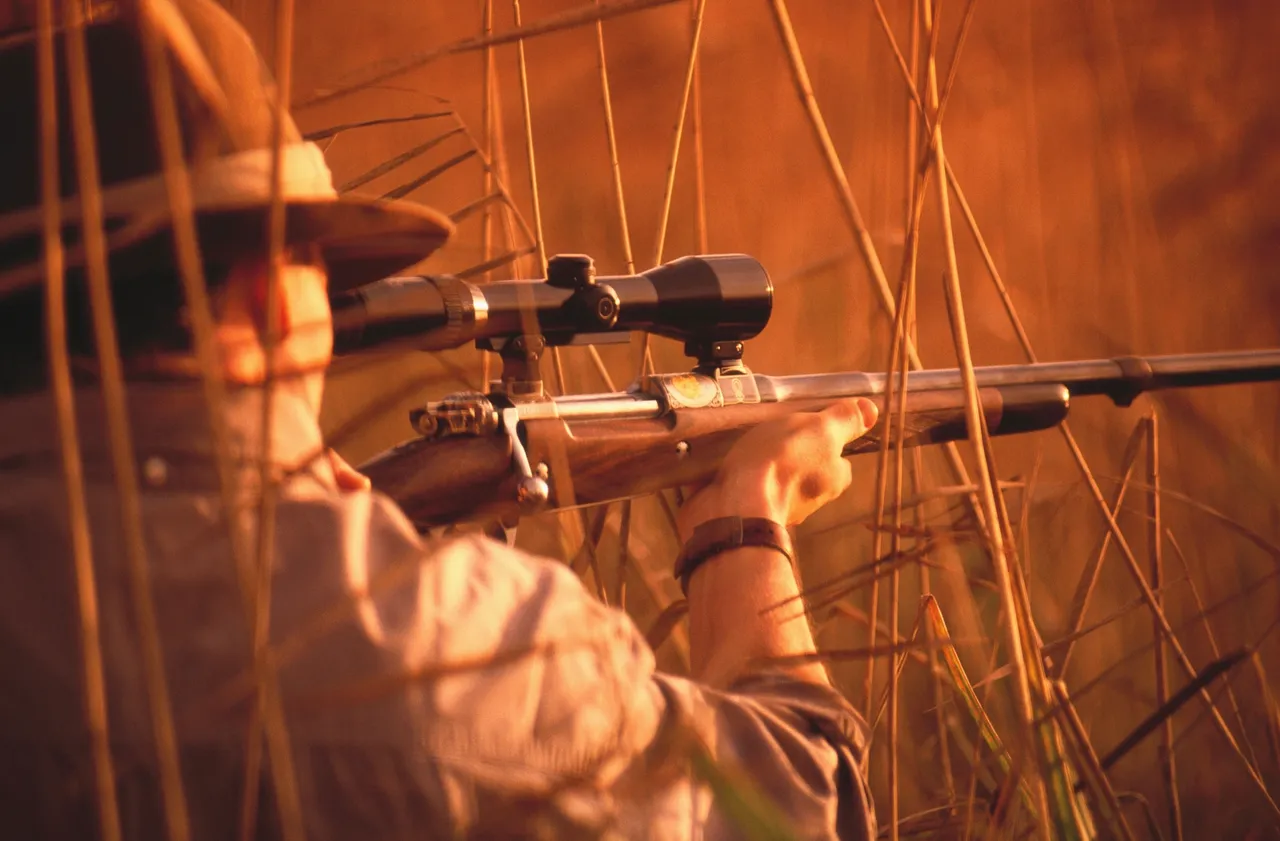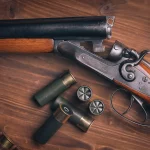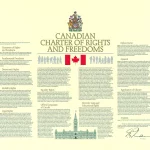The Firearms Act: Striking a Balance Between Safety and Rights?
Canada is known for its commitment to public safety and responsible gun ownership. Central to this commitment is the Firearms Act, a significant piece of legislation that regulates the acquisition, possession, and use of firearms across the country. In this blog post, we will explore the key aspects of the Firearms Act, the legislation behind gun laws in Canada, its historical context, and how it aims to strike a delicate balance between gun owners' rights and public safety.
A Historical Perspective
The Firearms Act, introduced in 1995, followed a series of high-profile incidents involving firearms in Canada. These incidents, include the École Polytechnique massacre in 1989. These incidents seemed to underscore the need for stricter gun laws in Canada.
Key Components of the Firearms Act
- Firearms Licensing: The Firearms Act mandates that individuals must obtain a firearms license to possess or acquire firearms. There are different types of firearms, and, accordingly, different classes of licenses. These include non-restricted, restricted, and prohibited firearms licenses, each with its own set of requirements.
- Background Checks: The law requires that individuals applying for a firearms license undergo a thorough background check. This check includes criminal record checks, mental health checks, and reference checks. This is a process designed to ensure that only individuals who are not a threat to public safety can possess firearms.
- Registration of Firearms: The Act also required registration of all firearms. However, non-restricted firearms, such as most rifles and shotguns, no longer require registration. However, restricted and prohibited firearms, which include handguns and some semi-automatic firearms, require registration.
- Firearms Safety Courses: Individuals seeking a firearms license must complete a certified firearms safety course. Specifically, they must pass written and practical exams to demonstrate their knowledge of safe firearm handling and storage.
- Storage and Transportation: The Act outlines strict requirements for the safe storage and transportation of firearms, including the use of approved lockable containers and trigger locks. Also firearms must be stored unloaded.
- Screening for Mental Health Issues: The Firearms Act includes provisions to assess and address mental health issues in license applicants. Therefore, it empowers authorities to revoke or deny licenses to individuals deemed to be a risk to themselves or others due to mental health concerns.
Balancing Rights and Safety
While the Firearms Act may enhance public safety, it has not been without controversy. Critics argue that the Act may infringe on the rights of law-abiding gun owners. Consequently, there has been ongoing debates about the effectiveness of certain provisions.
Proponents of the Act emphasize the importance of a comprehensive and balanced approach to gun control. They argue that responsible gun ownership should not impede public safety but rather complement it, by reducing the risk of firearms falling into the wrong hands.
The Firearms Act in Canada reflects the nation's commitment to balancing individual rights and public safety. By requiring licensing, background checks, and stringent safety measures, the Act aims to minimize the risks associated with firearm ownership. It does this while allowing Canadians to enjoy legitimate firearms-related activities. The ongoing debate surrounding the Act serves as a reminder of the complex challenges inherent in gun control. This complicates the job of nations to find the best ways to ensure the safety and security of their citizens.
But does the Firearms Act go to far, are gun laws in Canada too strict? Find out in the next post on this topic.


